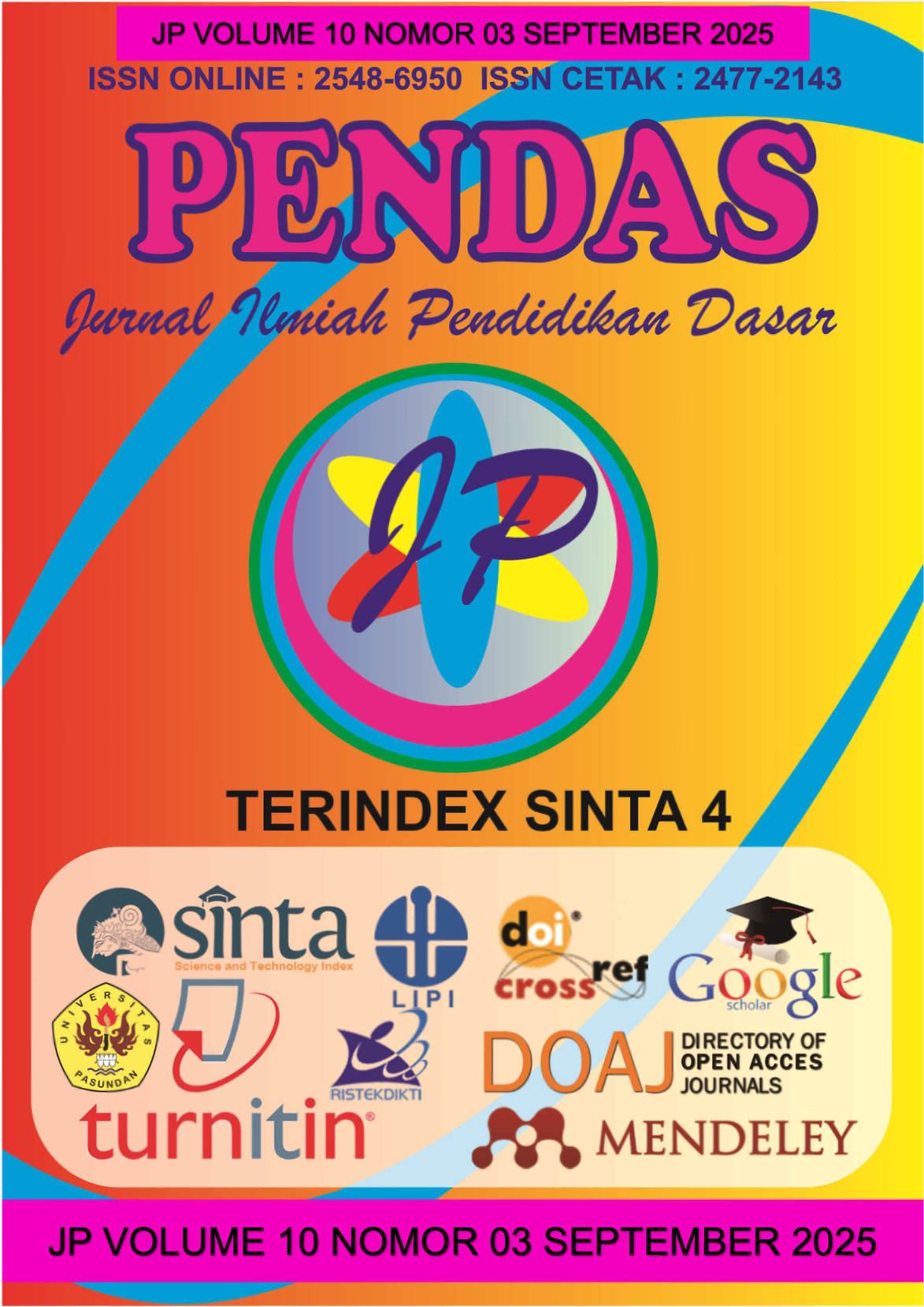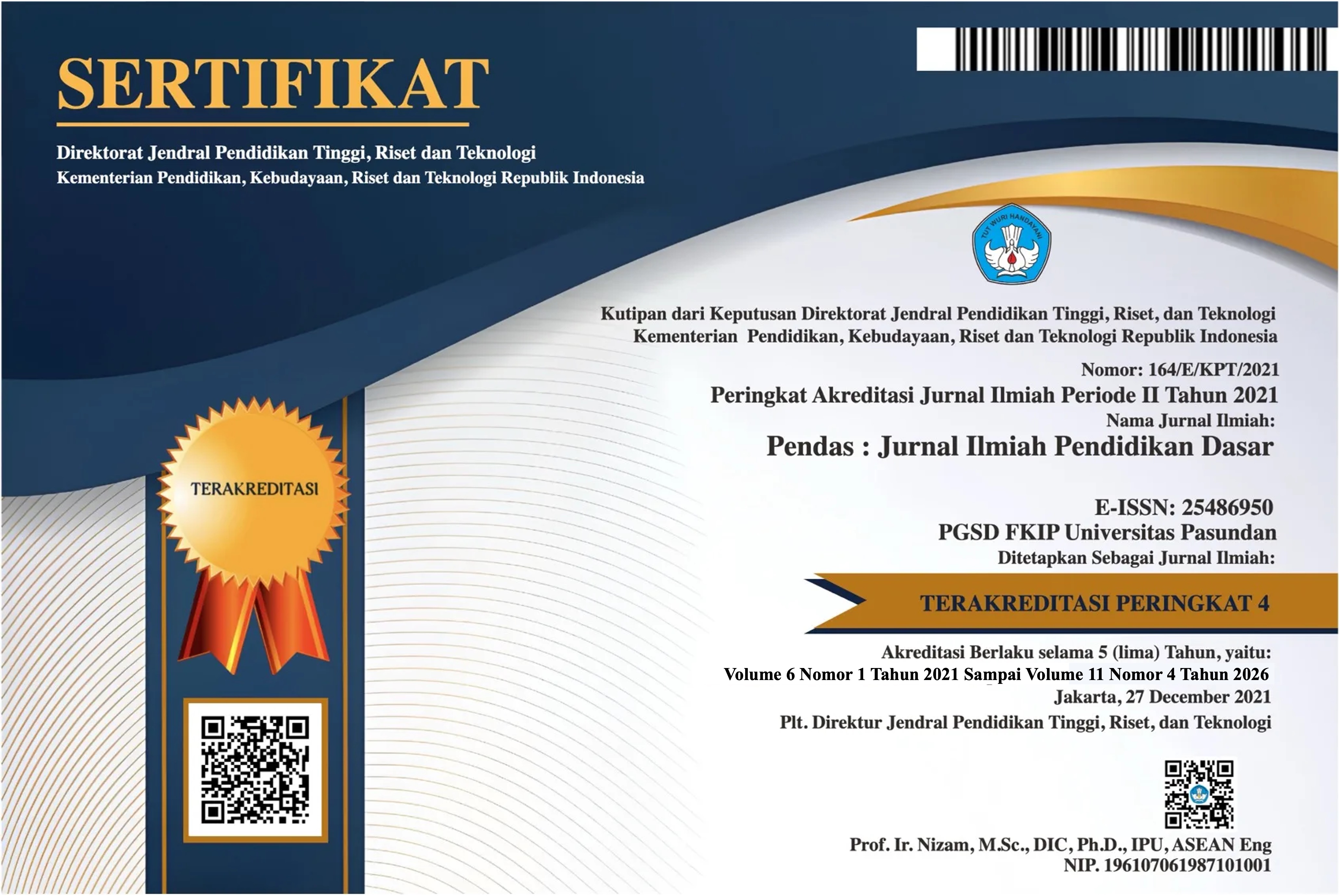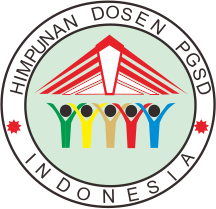PENERAPAN METODE BERCERITA (STORYTELLING) DALAM MENINGKATKAN KEPERCAYAAN DIRI SISWA KELAS III MADRASAH IBTIDAIYAH MA’HAD AL-ZAYTUN
DOI:
https://doi.org/10.23969/jp.v10i03.33766Keywords:
Storytelling, Self- Confidence, Madrasah IbtidaiyahAbstract
This study was motivated by the low level of self-confidence among third-grade students at Madrasah Ibtidaiyah Ma’had Al-Zaytun when speaking in front of the class. The research aimed to describe the strategies of implementing the storytelling method to enhance students’ self-confidence and to analyze the supporting and inhibiting factors in its application. A descriptive qualitative approach was employed, with data collected through observation, interviews, and documentation. The participants consisted of teachers and third-grade students at Madrasah Ibtidaiyah Ma’had Al-Zaytun. The findings revealed that storytelling created an interactive and enjoyable learning atmosphere, encouraging students to become more confident, courageous in performing, and able to express their ideas openly. Supporting factors included active teacher involvement, peer support, and a conducive classroom environment, while the inhibiting factors were limited time, varying student readiness, and the lack of diverse learning media. The study concludes that storytelling is an effective and applicable strategy to improve students’ self-confidence from an early stage, particularly in the context of Madrasah Ibtidaiyah.
Keywords: Storytelling, Self- Confidence, Madrasah Ibtidaiyah
Downloads
References
Bandura, A. (Ed.). (1997). Self-efficacy and educational development. In Self-Efficacy in Changing Societies (1st ed., pp. 202–231). Cambridge University Press. https://doi.org/10.1017/CBO9780511527692.009
Bhati, M. K., & Sethy, T. P. (2022). Self-Efficacy: Theory to Educational Practice. 10. https://doi.org/10.25215/1001.112
Bruner, J. (1986). Jerome Bruner and the Challenges of the Narrative Turn: Then and now. Narrative Inquiry, 21(2), 295–302. https://doi.org/10.1075/ni.21.2.07gon
Hamidah, D., Afifah, A., & Burhani, I. (2022). Studi komparasi Tingkat kepercayaan Diri (Self Confindence) Siswa Antara kelas Homogen Di Sekolah Menengah Atas. Happiness, Journal of Psychology and Islamic Science, 3(1), 44–47. https://doi.org/10.30762/happiness.v3i1.352
Lestari, H. D., & Rahayu, S. A. (2022). Meningkatkan Kepercayaan Diri dengan Metode Bercerita pada Siswa MI Muhammadiyah 2 Rambeanak. 3.
Miles, M. B., & Huberman, A. M. (1994). Qualitative Data Analysis (2nd ed.). Sage Publication.
Putro, W. W., & Yugopuspito, P. (9). Augmented Reality untuk Meningkatkan Keterampilan Menulis, Berbicara, Keterampilan Berpikir Kritis dalam Pembelajaran Bahasa Indonesia Kelas V SD XYZ Bintaro. 2024, Vol. 5, No. 9. https://doi.org/10.46799/jsa.v5i9.1515
Rasyid, F. (2022). Metodologi Penelitian Kualitatif Dan Kuantitatif. IAIN Kediri Press.
Setiabudi, D. I., Kohar, D. A., Setiawan, D., & Zaqiah, Q. Y. (2024). Inovasi Pengembangan Infrastruktur Madrasah Berbasis Ramah Lingkungan. 13(3).
Sugiyono, Prof. Dr. (2023). Metode Penelitian Kualitatif (Bandung). Alfabeta Cv.
Sulistyo, P. B., & Arswendi, R. (2021). Teknik Storytelling Dalam Public Speaking Bagi Pelaku Pariwisata Di Kabupaten Lebak, Provinsi Banten. 3. https://doi.org/10.31764/sjpu.v3i2.11004
Tohari, B., & Rahman, A. (2024). Konstruktivisme Lev Semonovich Vygotsky dan Jerome Bruner: Model Pembelajaran Aktif dalam Pengembangan Kemampuan Kognitif Anak. Nusantara: Jurnal Pendidikan Indonesia, 4(1), 209–228. https://doi.org/10.14421/njpi.2024.v4i1-13
Downloads
Published
Issue
Section
License
Copyright (c) 2025 Pendas : Jurnal Ilmiah Pendidikan Dasar

This work is licensed under a Creative Commons Attribution 4.0 International License.



















